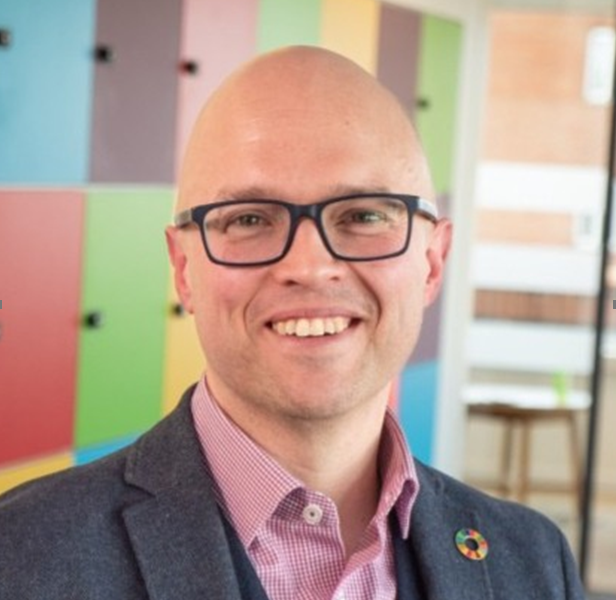Dr Gev Eduljee is technical director at SITA UK. He worked in hazardous waste treatment before spending 15 years as a consultant with ERM. He joined SITA in 2001, with oversight of the permitting, environmental, EMS and heath & safety functions. He has published widely on waste-related issues, especially on incineration and public health risk assessment.
Mr Eduljee questions the worth of all the new reports on carbon and recycling
Another day and another study on recycling's role in carbon avoidance hits our desks, this time from Friends of the Earth.
Life cycle assessment and modelling of carbon budgets has become the new toy for players of all persuasions to justify just about any desired position. Anyone can now sit before a PC, twiddle a few knobs, and with a stroke of their pen trash entire swathes of proven waste processes and established policy ambitions.
Incineration? A carbon polluter, never mind our dwindling supplies of primary fuel. Landfill? Yesterday's solution – but anything's better than incineration. Fifty percent recycling? Unimaginative. Sixty percent recycling? Better, but eighty percent would save even more carbon.
The proliferating studies, all hugely dependent on their starting assumptions, usually express “waste” carbon saved relative to emissions from other activities, presumably to establish more of a connection in the public consciousness. A favourite comparison is with transport – FOE claim that recycling across the EU could save carbon emissions “equivalent to taking 31 million cars off the road”. Until we treat our waste in cars this type of comparison is fatuous.
Do we really need yet more reports extolling the virtues of recycling? In carbon terms the message has long been appreciated, and those who continue churning out carbon studies proclaiming that recycling should be maximised are surely knocking at an open door. What we now need is the infrastructure (and the finance) to deliver this strategic no-brainer.
But here, and in the broader context of planning infrastructure for integrated waste management solutions, carbon footprinting has resorted to pristine, unrestrained theorising. The desk-wallah appears to wield frightening influence in shaping decisions involving hundreds of millions of pounds of sunken and new capital investment.
For example, Eunomia's carbon balance for the Greater London Authority places demonstration scale “new and emerging technologies” on exactly the same footing as conventional systems. In the ensuing beauty contest incineration is relegated to 19th and 20th positions, its blushes spared in part by the worst performer, landfilling.
A problem with many modelled solutions predicated on new technologies is that whereas Individual technologies might work, they in turn are dependent on an interconnected series of downstream markets or exit routes in order for the total integrated package to truly deliver the promised return in carbon savings. Information such as this is essential to plan for a probable future marketplace, but with many of the links in the carbon management chain beyond the control of local authorities, it is unrealistic to predict now, which of these new solutions will eventually make the grade.
Local Authorities such as the GLA should be applauded for the boldness of their vision for waste management, using carbon footprinting as a powerful tool to open up the analysis and help policy-makers make the right decisions for the environment. Nevertheless, solving today's problems with tomorrow's technologies is superficially a seductive strategy when based on a modelled outcome.
The lesson from Defra's demonstrator programme is that new technologies and solutions need nurturing – we are not doing them any favours by frogmarching them into an unforgiving commercial amphitheatre before they are truly able to technically and cost-effectively deliver the long term operational security that waste management services require. We cannot hustle new solutions along by imagining that dangling financial inducements will short-circuit their natural cycle of development and proving.
Prudent strategists would spread the risk by phasing in “new” solutions so as not to jeopardise the delivery of waste management services were they to take longer to reach maturity. However, many local authorities basing their strategies on new solutions have no Plan B.
This all-or-nothing approach is, despite the best-intentioned assurances of funders and technology suppliers, a high risk gamble in a high stakes game. Do we need innovative technologies and integrated solutions to come forward ? Absolutely, but not at the expense of abandoning pragmatism and practicability.
It would be a tragedy for waste policy and practice alike if local authorities were to back the wrong horse, thanks to a misplaced confidence in the infallibility of a spreadsheet.











Subscribe for free